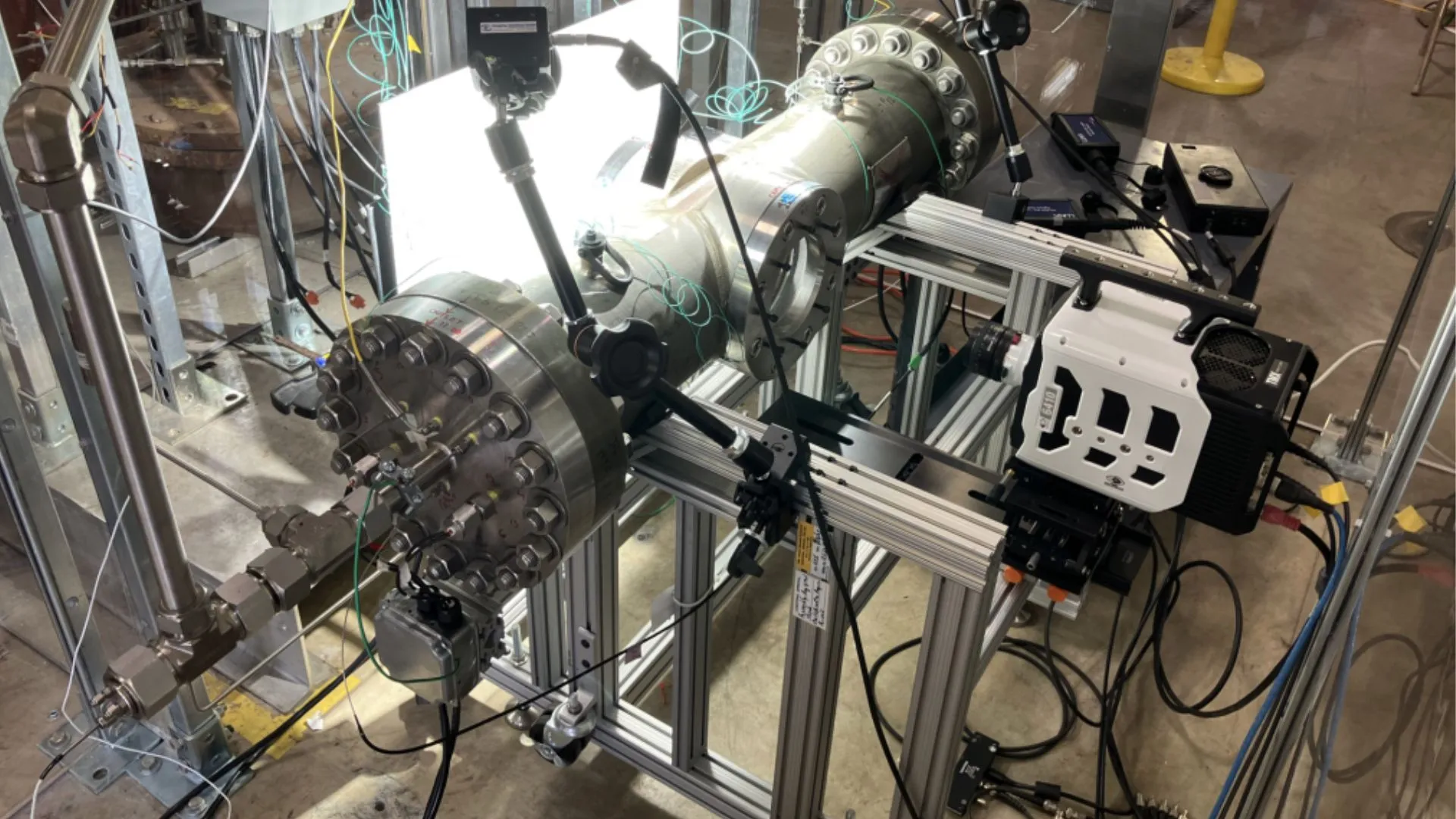
The US Department of Energy has initiated four new collaborations to address key challenges in developing fusion energy. The projects, named SWIFT-PFCs, BCTF, FILMS, and MiRACL, are part of the Fusion Innovation Research Engine (FIRE) program.
They will focus on creating durable materials for reactor components, managing heat extraction and fuel breeding, and ensuring reactor safety.
“The new FIRE collaborations give ORNL an opportunity to apply its cutting-edge fusion research to advance practical, mature technologies that can pave the way toward a fusion pilot plant and beyond,” said Troy Carter, director of ORNL’s Fusion Energy Division.
Materials for the reactor’s edge
Two of the projects will tackle the challenge of creating components that can withstand direct contact with fusion plasma.
The Solution-Oriented Workflow for Integrated Fusion Technology in Plasma-Facing Components (SWIFT-PFCs) project, led by Oak Ridge National Laboratory (ORNL), will establish a process to rapidly develop, test, and model new solid materials for the reactor’s inner wall.
“The goal is to deliver plasma-facing materials ready for a fusion pilot plant on the timescale desired by industry,” stated principal investigator Zeke Unterberg.
A different approach is being explored by the Advancing the maturity of liquid metal plasma-facing materials and first wall concepts (FILMS) project.
Led by Princeton Plasma Physics Laboratory (PPPL) with ORNL as a partner, this collaboration will investigate the use of liquid metals, like lithium, for the same components. ORNL’s role includes designing an integrated liquid metal cooling and fuel-breeding system.
Harnessing heat and fuel
Another collaboration, the Blanket Collaborative on Test Facilities (BCTF), will concentrate on the reactor’s blanket system. This component is essential for absorbing heat to generate electricity and for breeding tritium, a primary fusion fuel.
Led by ORNL, the project’s main goal is to build and operate the Helium and Salt Technology Experiment (HASTE).
This new facility will test prototype blanket and coolant systems using helium or molten salts in a simulated reactor environment, which is a current gap in fusion research infrastructure.
Ensuring reactor safety
The Mitigating Risks from Abrupt Confinement Loss (MiRACL) project, led by PPPL, focuses on a critical safety issue known as a “disruption.” This is a sudden loss of plasma confinement that can release a large amount of energy and potentially damage the reactor.
With ORNL as a partner, the MiRACL team will use simulation and machine learning to better quantify the risks of these events and develop effective mitigation strategies.
“These projects reflect both the depth of the lab’s fusion energy program and the strong partnerships we have built across national labs, universities and private industry,” concluded Carter.
A collaborative engine
These four projects are part of a wider $128 million DOE investment in the FIRE program, which aims to connect basic fusion science with the practical needs of the fusion industry.
The collaborations involve a broad network of partners, including multiple national laboratories, universities, and private companies.



